The imposing size, look, and name of New York City’s Hell Gate Bridge fits perfectly in a metropolis where one must “dress to impress” and “go big or go home.” According to Victor Hand in Classic Trains’ Fall 2021 issue, the name can be composed of three separate bridges that are connected by two viaducts with long-approach viaducts at each end. End-to-end, the trek is more than 3 miles. However, it’s the 1,017-foot main span over the Hell Gate channel of the East River that appeals with its rich history and aesthetics.
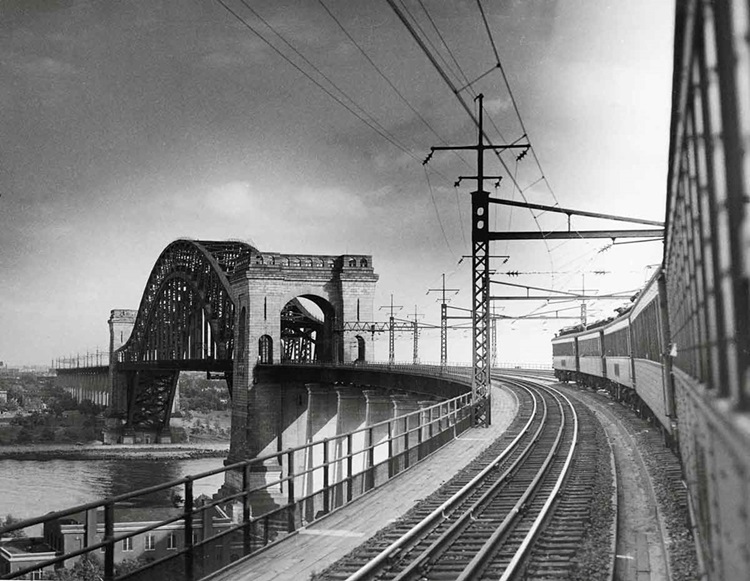
Kent W. Cochrane photo
Prior to the Hell Gate Bridge, rail access across New York City’s multiple rivers usually involved carfloats. It was an expensive, time-consuming, and dangerous operation when crossing the rip currents. By 1892 the Pennsylvania Railroad and New York, New Haven & Hartford Railroad began discussions to work together to form the New York Connecting Railroad. Its goal: construct a safe, direct passage through the area north of the planned Pennsylvania Station in Manhattan. From there would be a much bigger picture, connecting the Big Apple and Washington D.C. with Boston and New England.
The beginning of the 20th century saw the new railroad take shape, including the surveying of the Hell Gate channel. The channel itself was where currents were at their worst, yet narrow enough for a bridge. Gustav Lindenthal designed the bridge, and it became a crowning achievement in his already illustrious bridge-building career. Two architectural towers stood tall at 250 feet, connected by a steel arch structure spanning 135 feet above the river. But it wasn’t just appearance that Lindenthal strived for. The bridge was designed for extremely heavy loads, with a four-track main line and a planned second level for both a roadway and streetcar line, the latter ultimately canceled.
Construction on the bridge began in 1912 by the American Bridge Co. The electrifying opening of both the structure and passenger portion of the New York Connecting Railroad into Penn Station took place on April 1, 1917, followed by full operations with freight service beginning on Jan. 17, 1917. The completion offered a more direct Boston-Washington D.C. service with four hours cut from the travel time. Also, fortunate timing was the line’s availability for wartime traffic as the U.S. entered World War I on April 3, 1917. Hell Gate Bridge itself would begin life by retaining the name of the channel it now crosses.
Upon completion, the span gave the structure the title as the longest steel-arch bridge in the world, though that distinction was relinquished in 1931 with the opening of the Bayonne Bridge just southwest of the city. Yet, Hell Gate Bridge is still touted as one of the heaviest loading bridges in the world.
New York Connecting was the original owner as a subsidiary to both the Pennsy and New Haven railroads. When all three entities combined to be part of Penn Central in 1968, the merged company took ownership of Hell Gate Bridge. Freight operations dwindled due to rerouting, yet passenger traffic remained steady despite a nationwide decline at the time.
Current ownership under Amtrak took place in 1976 as the young passenger rail carrier took over the majority of what is now the Boston-Washington D.C. Northeast Corridor. Though down to three tracks (the fourth was removed in the late 1990s) the bridge continues to provide a direct linkage for both freight — CSX Transportation and Providence & Worcester Railroad — and passenger service — Amtrak and, in the future, Metro-North Railroad.
Multiple parks with accessible walkways on both banks of the river provide excellent views when visiting Hell Gate Bridge. Crossing the famous arch by train is an experience worth having, especially with the stunning views of the New York City skyline.
— Updated Nov. 18, 2024, with corrected New York Connecting Railroad abbreviation and year of Amtrak ownership.






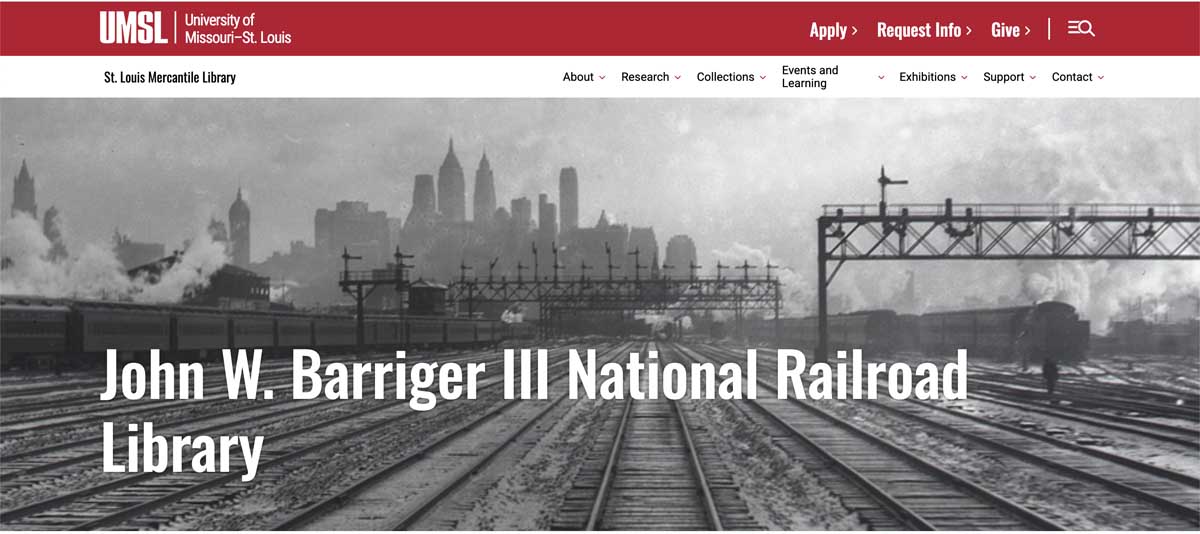
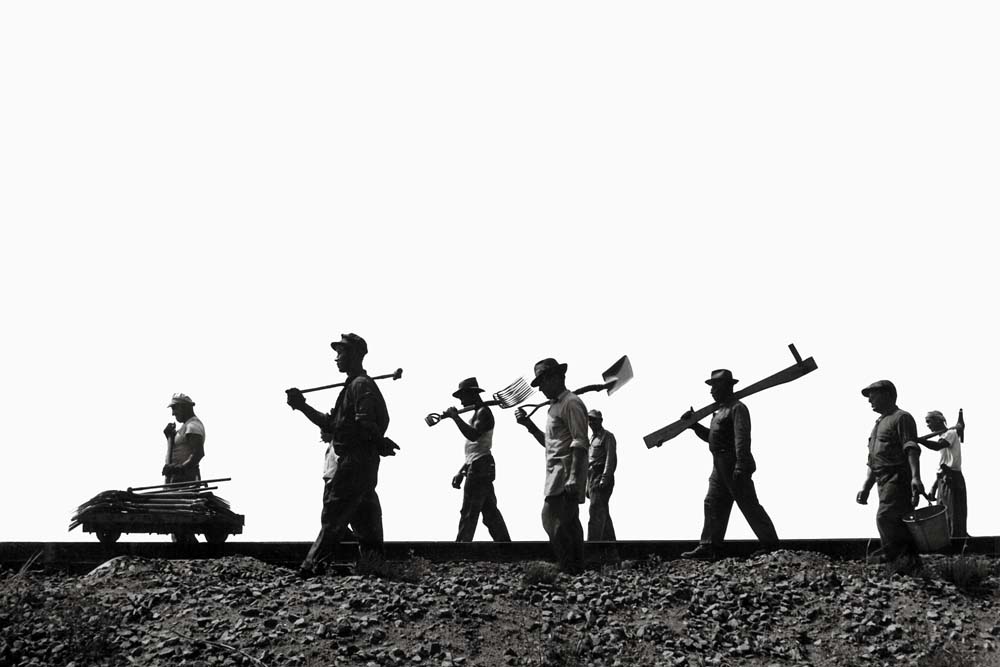
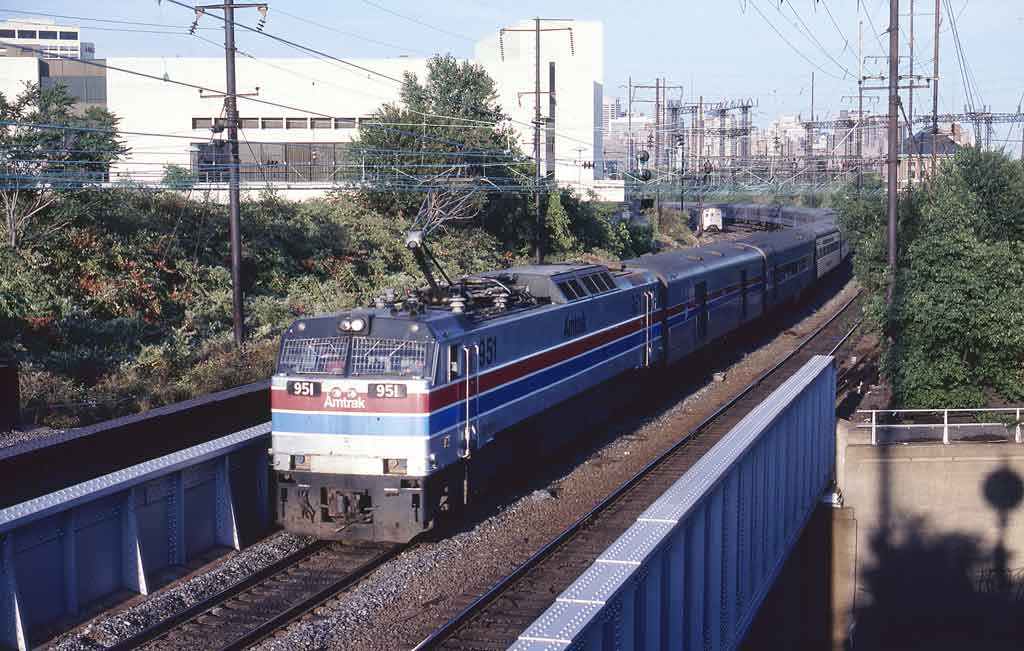
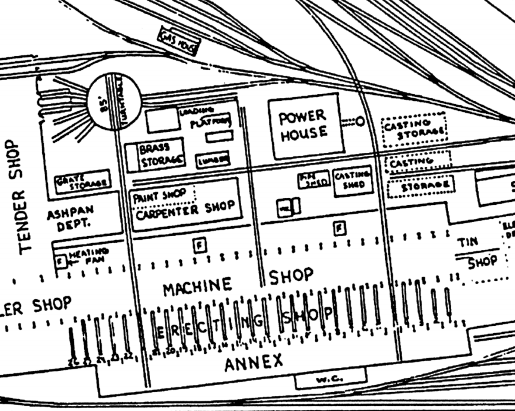




love this article great bridge.